Designing an AI-Driven Call Center Architecture
The integration of voice and text-based interactions is a crucial aspect of designing a state-of-the-art AI call center. This involves combining multiple channels for seamless user interaction, leveraging advanced real-time data processing for better efficiency, and implementing a centralized logic for booking and customer data handling. The goal is to create an optimized Gen AI stack that streamlines customer service experiences.
Combining Voice and Text Channels
To start, the Rohan user interaction layer is where users and customers interact. This layer supports multiple ways of interaction, including speech-to-speech, text messages, and text responses.
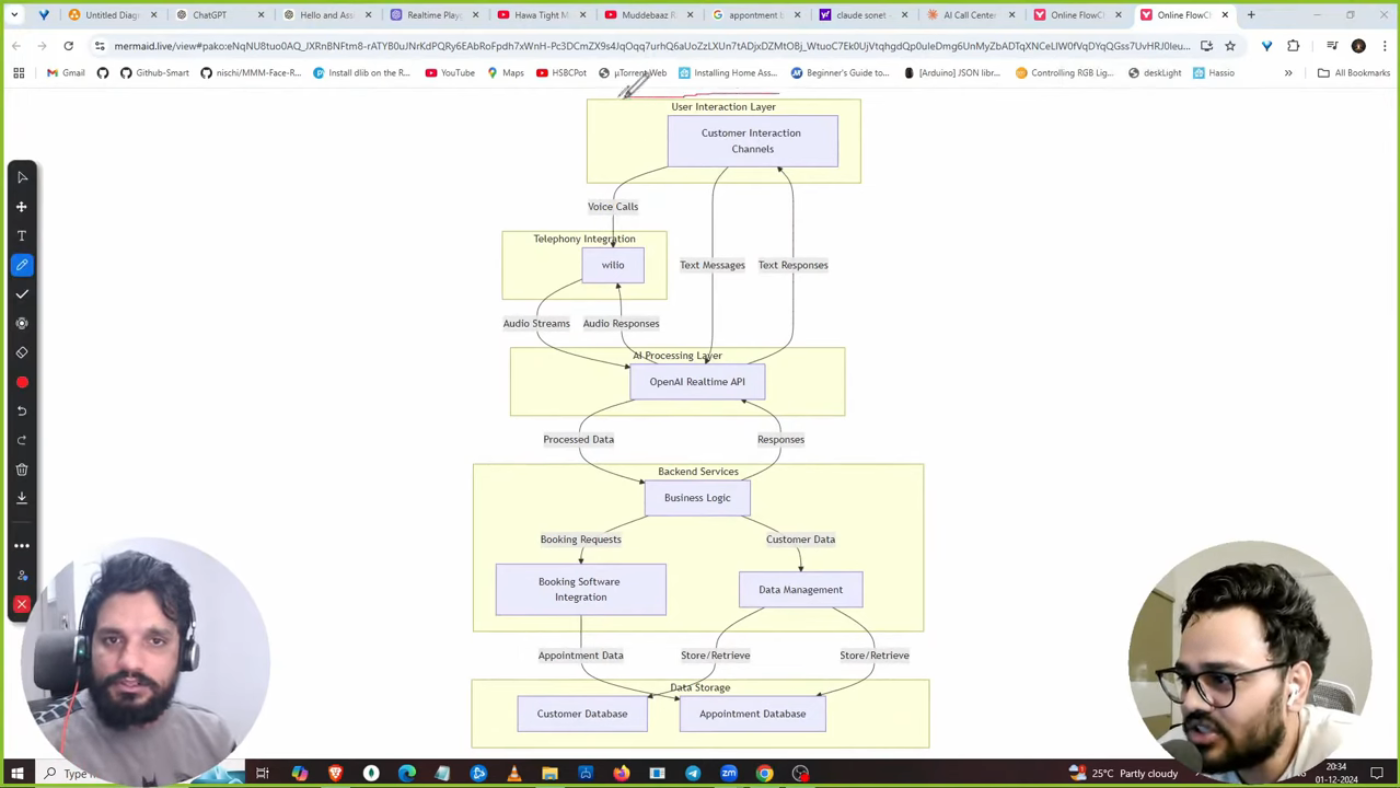 This is the caption for the image
This is the caption for the image
Enhancing Real-Time Data Processing
The next step is enhancing real-time data processing for better efficiency. This involves utilizing a real-time API of OpenAI, which processes the data and provides the output. The processed data is then used to execute business logic, such as booking appointments or handling customer queries.
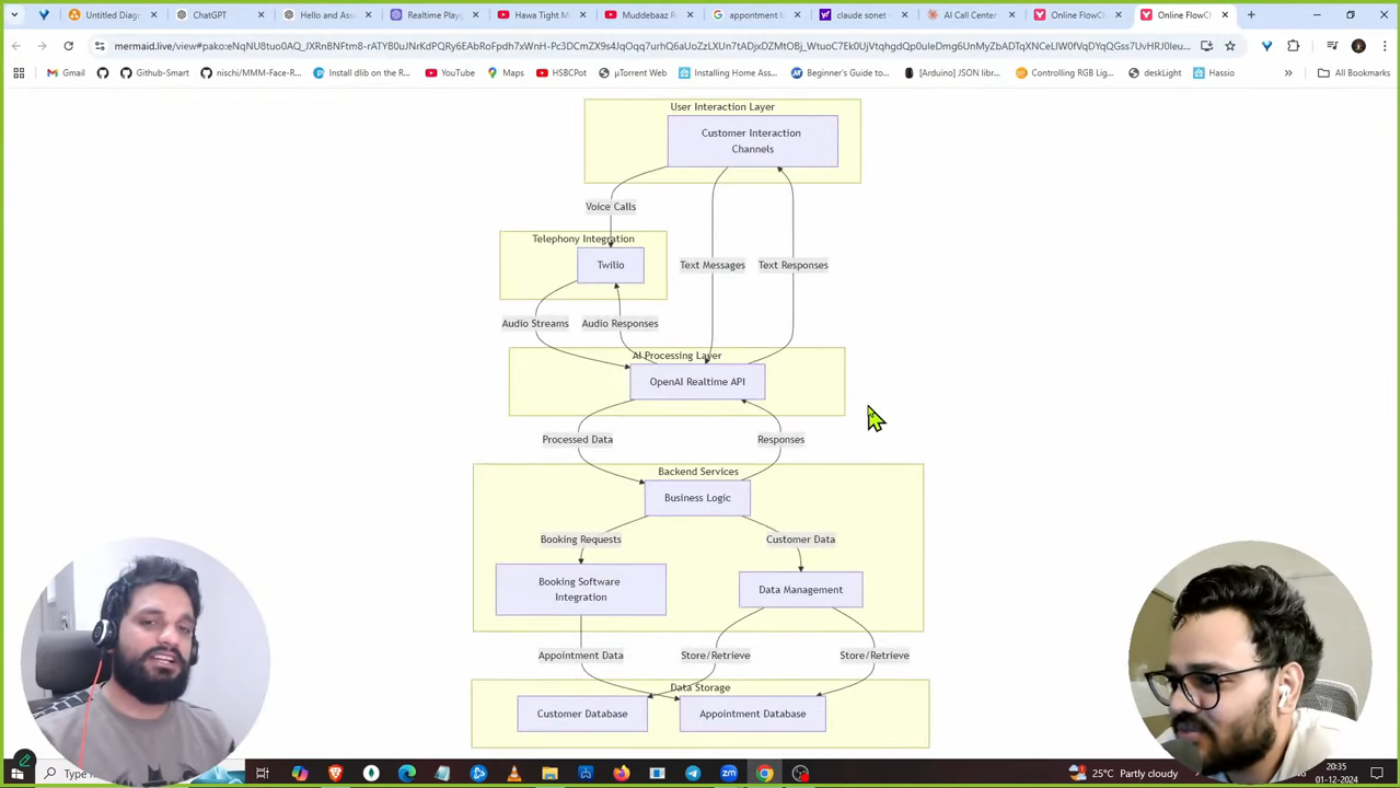 This is the caption for the image
This is the caption for the image
Centralized Logic for Booking and Customer Data Handling
The centralized logic for booking and customer data handling is crucial for efficient customer service. This involves integrating the AI call center with a database that stores customer information and booking details. The database is used to store and retrieve customer data, ensuring that the customer service experience is personalized and efficient.
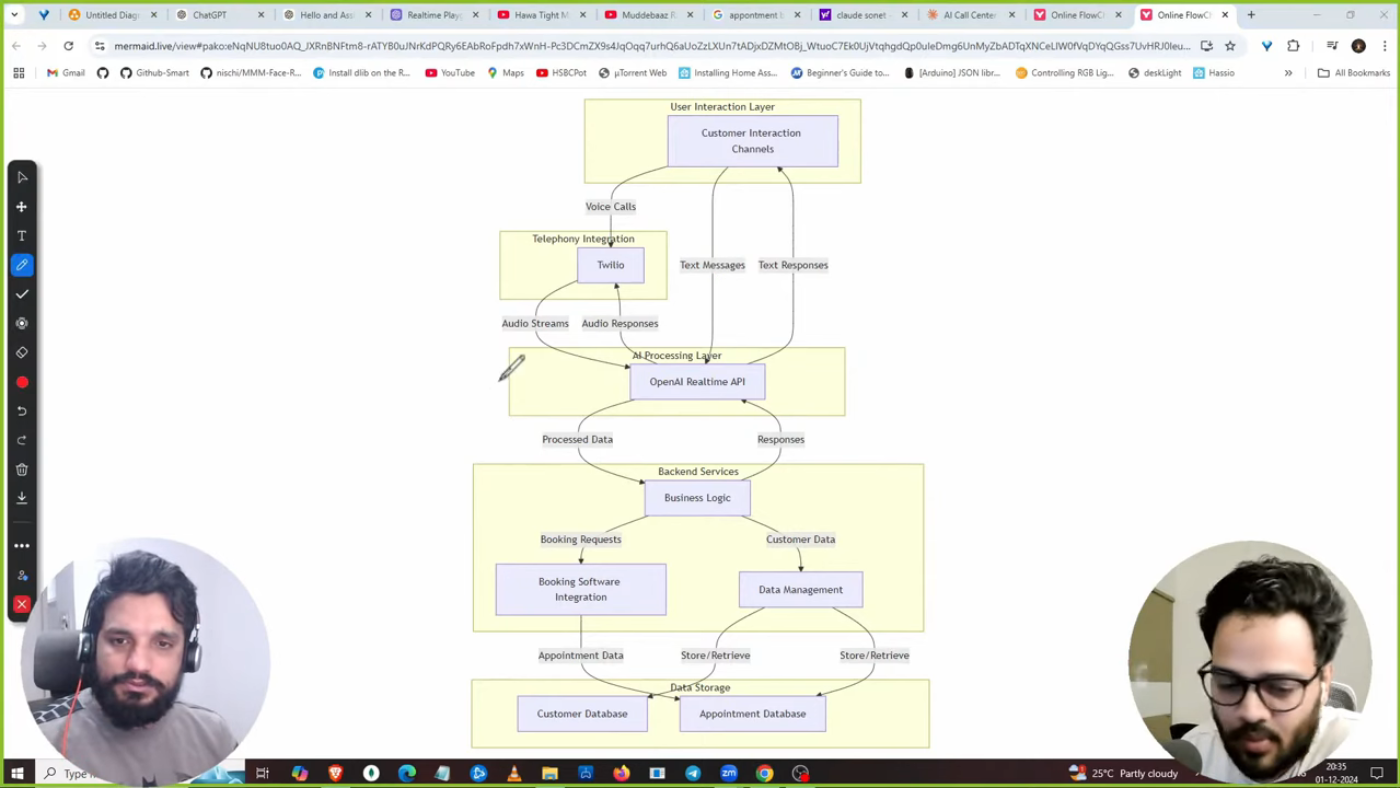 This is the caption for the image
This is the caption for the image
Updated Mermaid Architecture for Gen AI Stack Implementation
The use of Mermaid architecture is essential for implementing the Gen AI stack. This involves creating a stack that includes the user interface layer, telephone integration layer, real-time API layer, and database layer. The Mermaid architecture provides a visual representation of the system, making it easier to understand and implement.
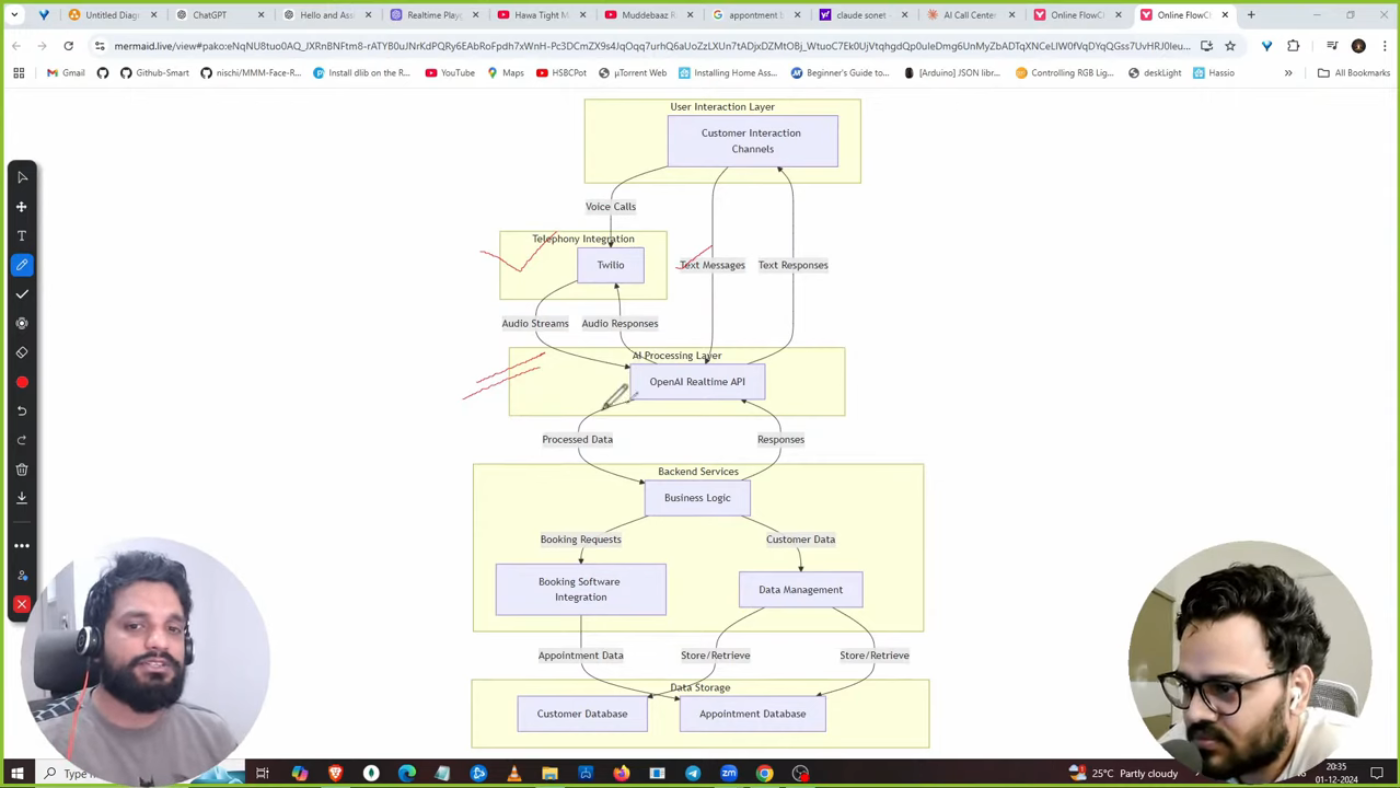 This is the caption for the image
This is the caption for the image
Overview of AI Call Center Component Architecture
The AI call center component architecture includes multiple components, such as the user interface layer, telephone integration layer, real-time API layer, and database layer. Each component plays a crucial role in ensuring that the customer service experience is efficient and personalized.
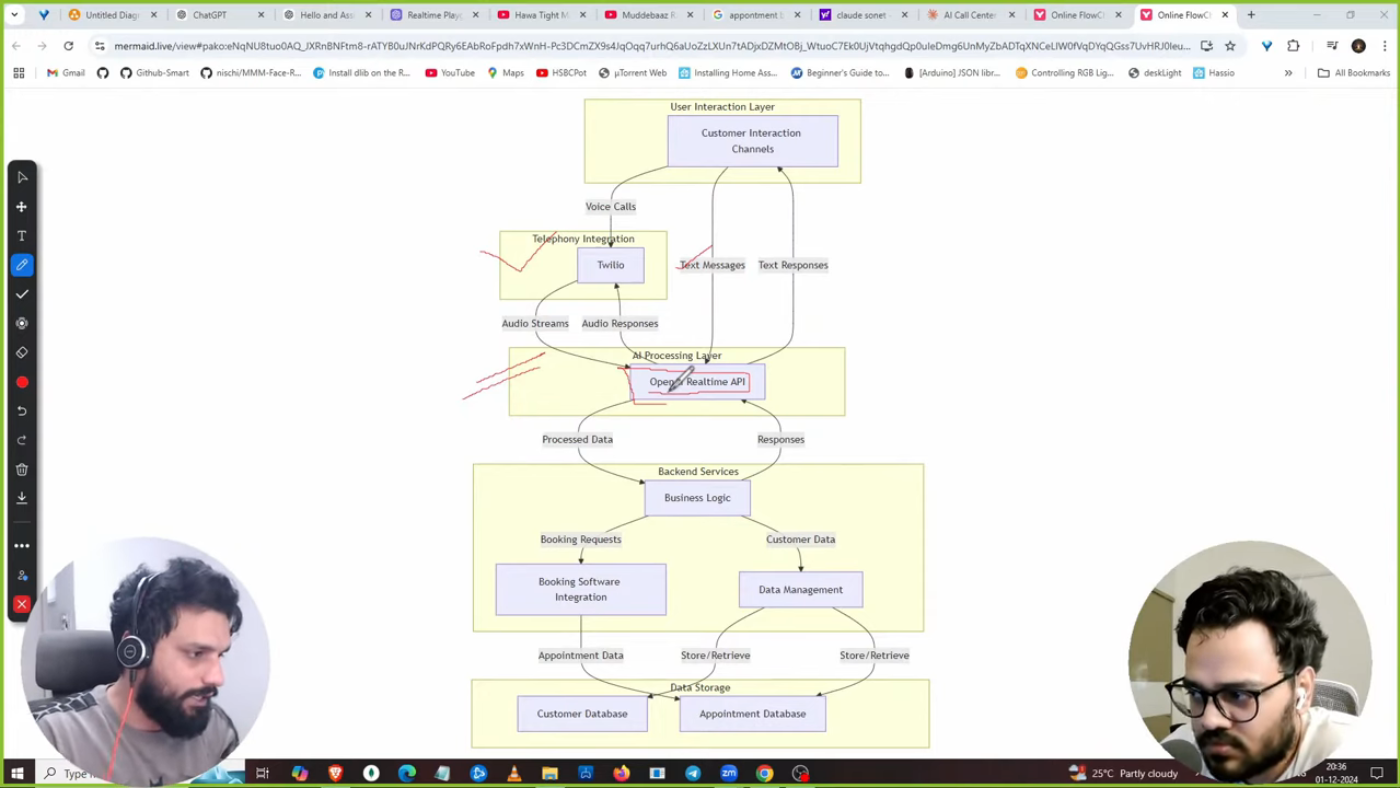 This is the caption for the image
This is the caption for the image
Challenges and Opportunities in Creating a Next-Gen AI Call Center
Creating a next-gen AI call center poses several challenges, such as integrating multiple channels, ensuring real-time data processing, and implementing a centralized logic for booking and customer data handling. However, the opportunities are significant, including improved customer service experiences, increased efficiency, and enhanced personalization.
 This is the caption for the image
This is the caption for the image
Conclusion
In conclusion, designing an AI-driven call center architecture requires careful consideration of multiple factors, including the integration of voice and text-based interactions, real-time data processing, and centralized logic for booking and customer data handling. By leveraging the latest technologies, such as Mermaid architecture and Gen AI stack, businesses can create next-gen AI call centers that provide exceptional customer service experiences.
